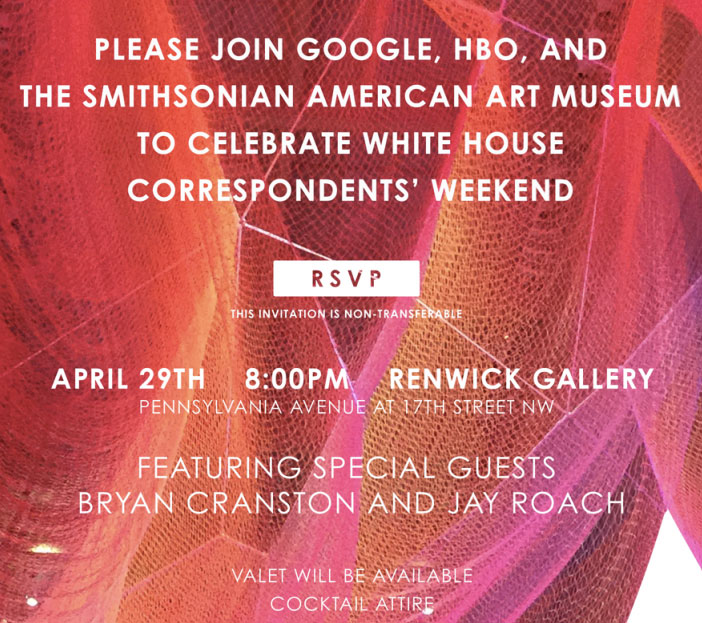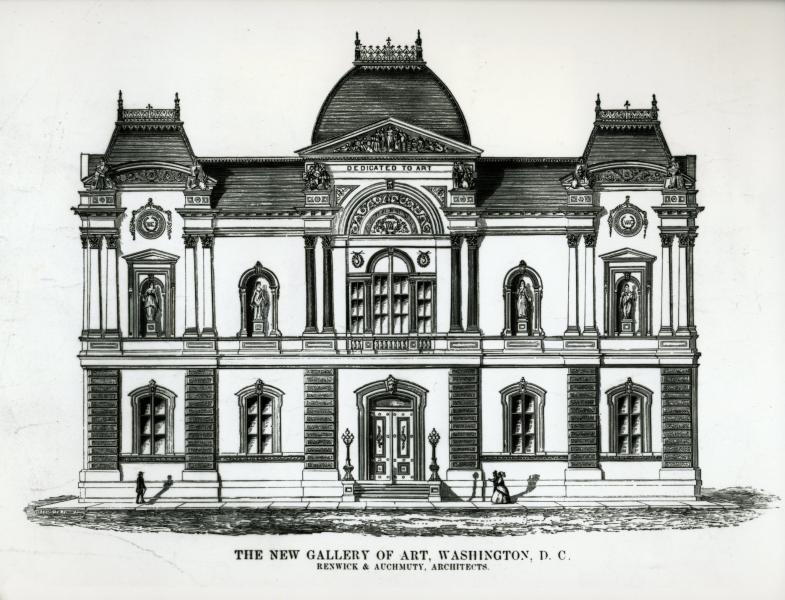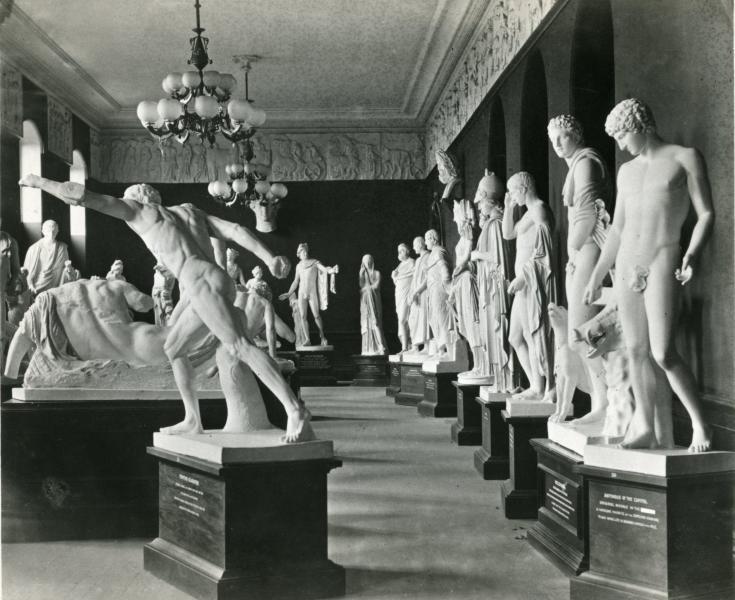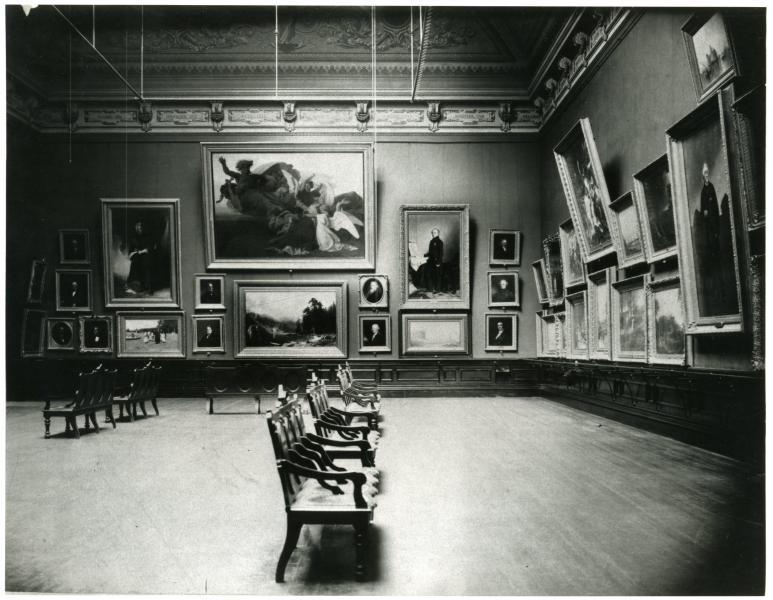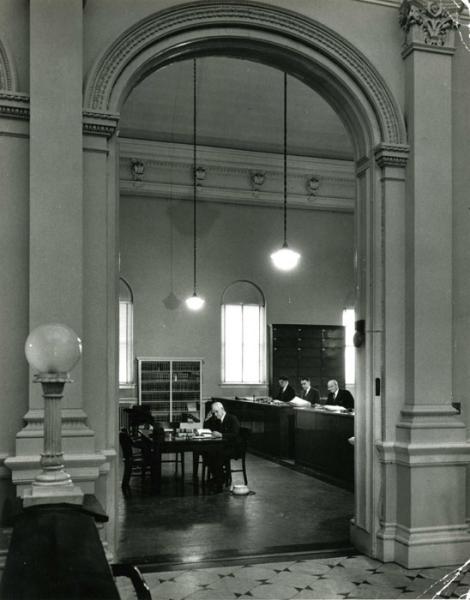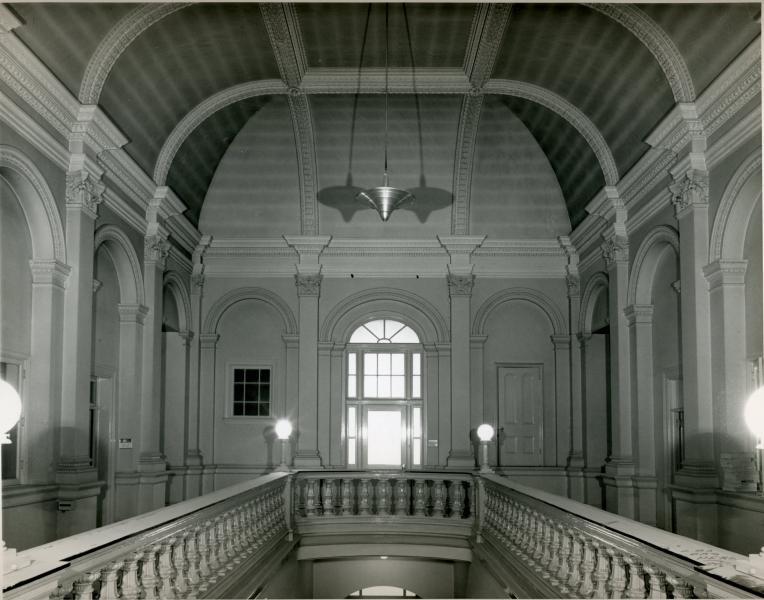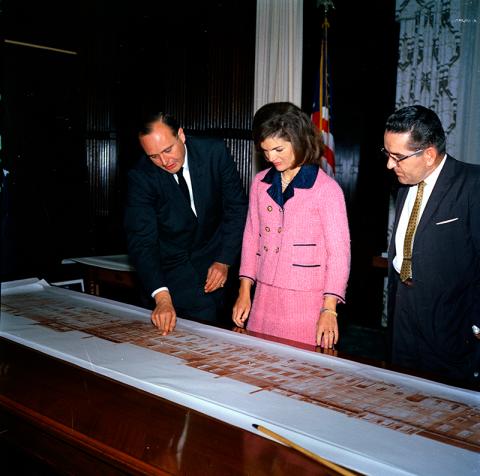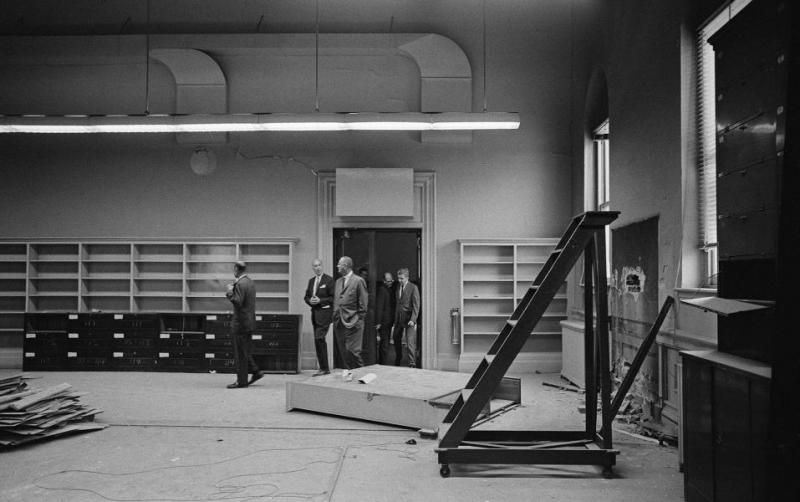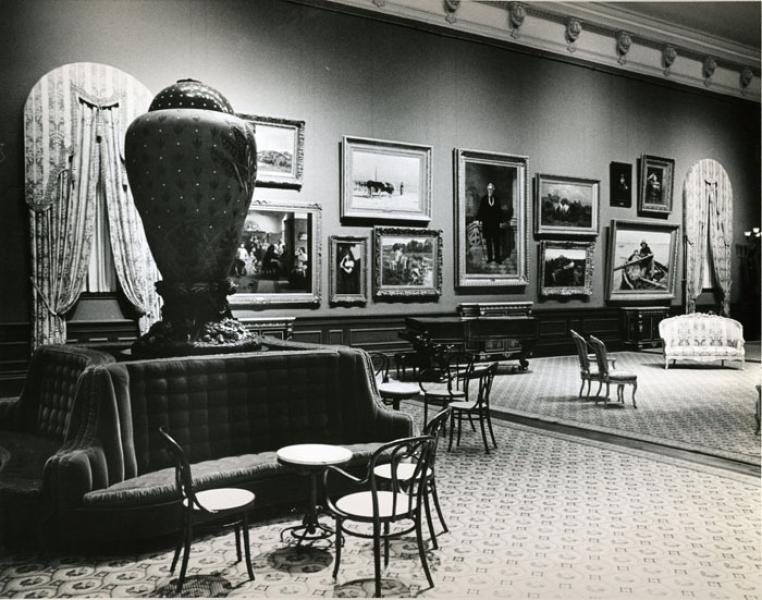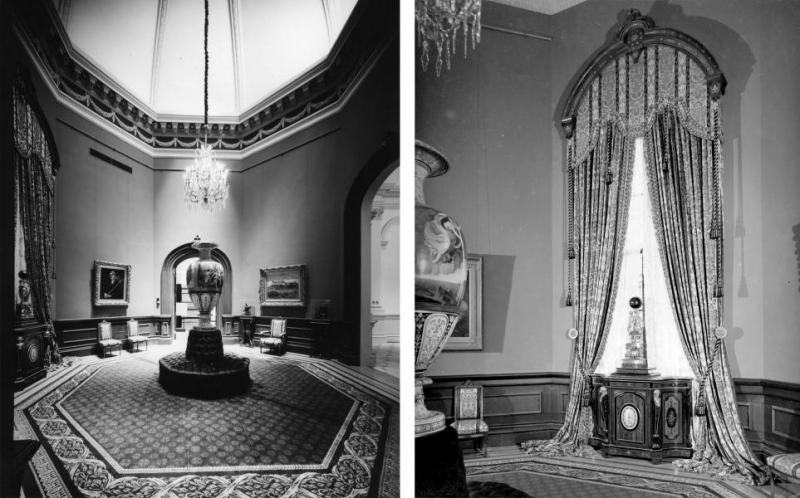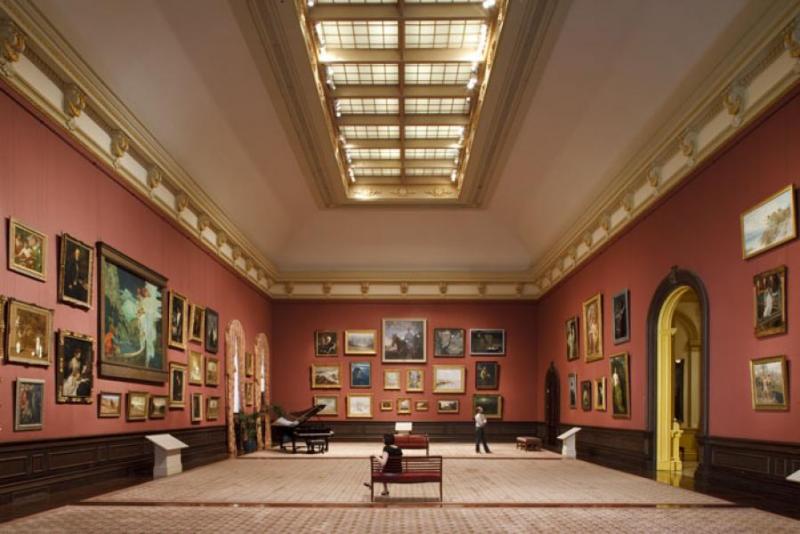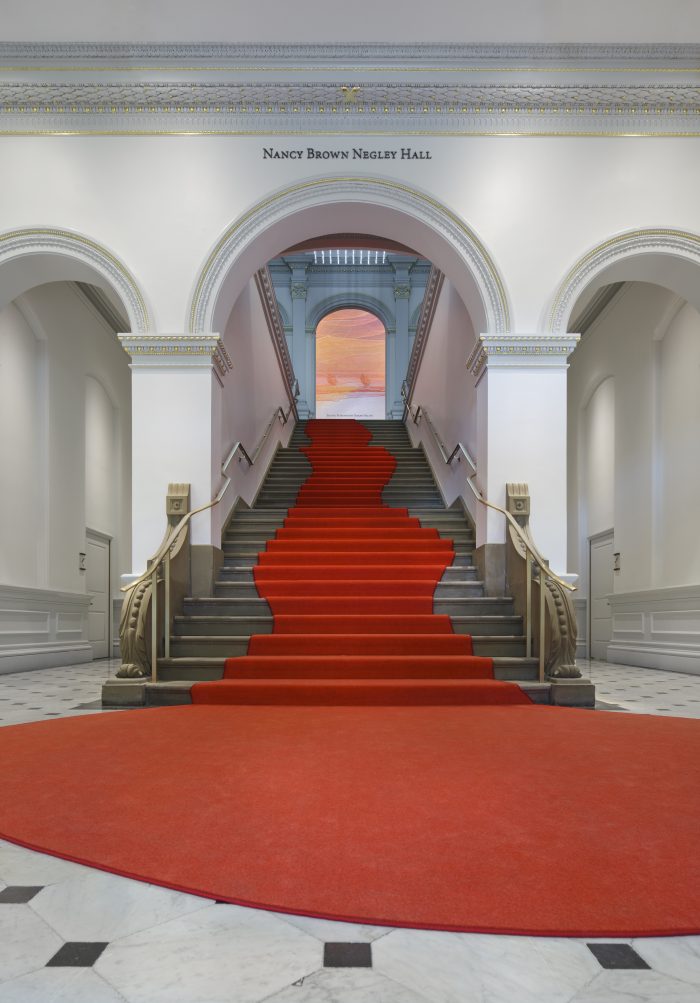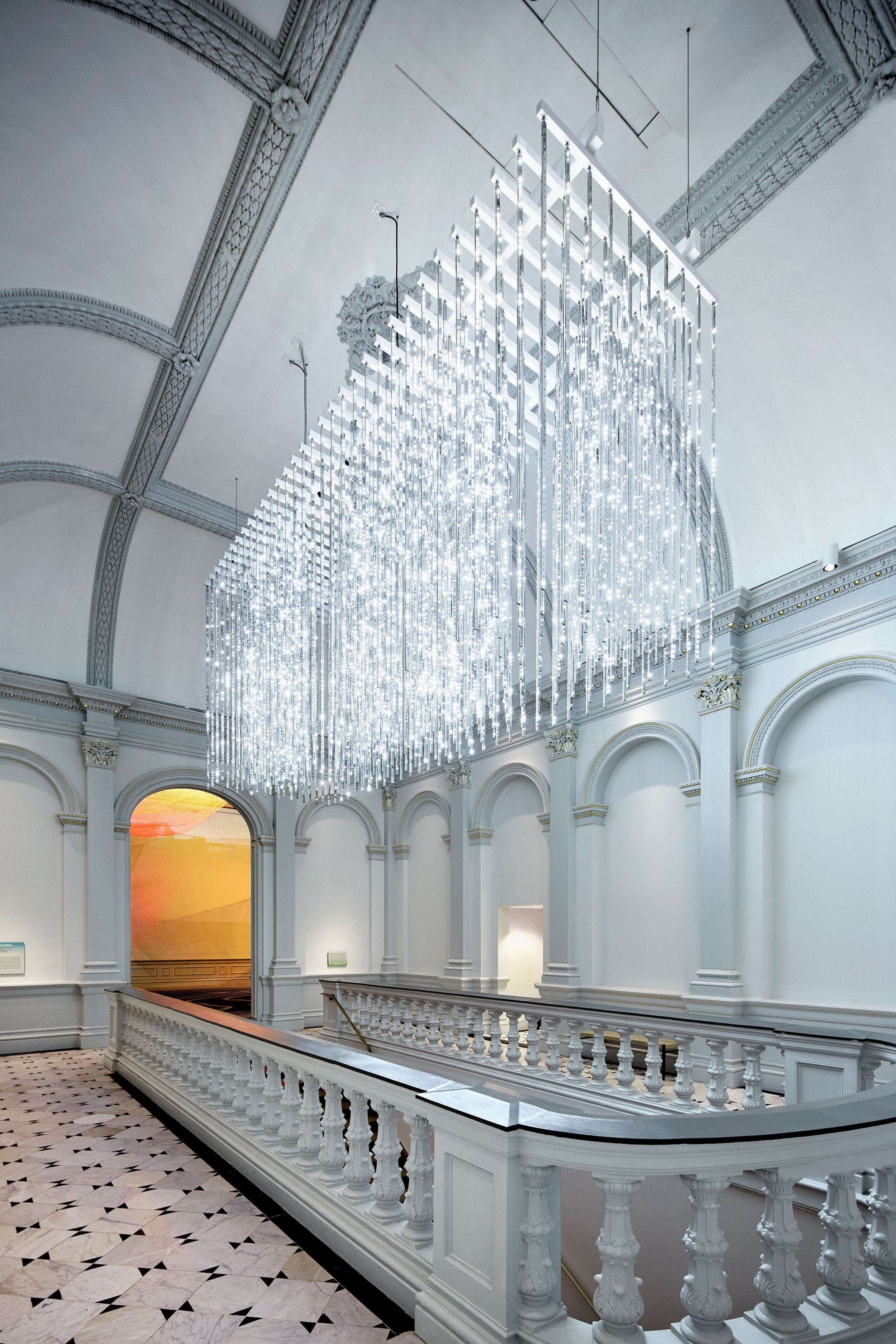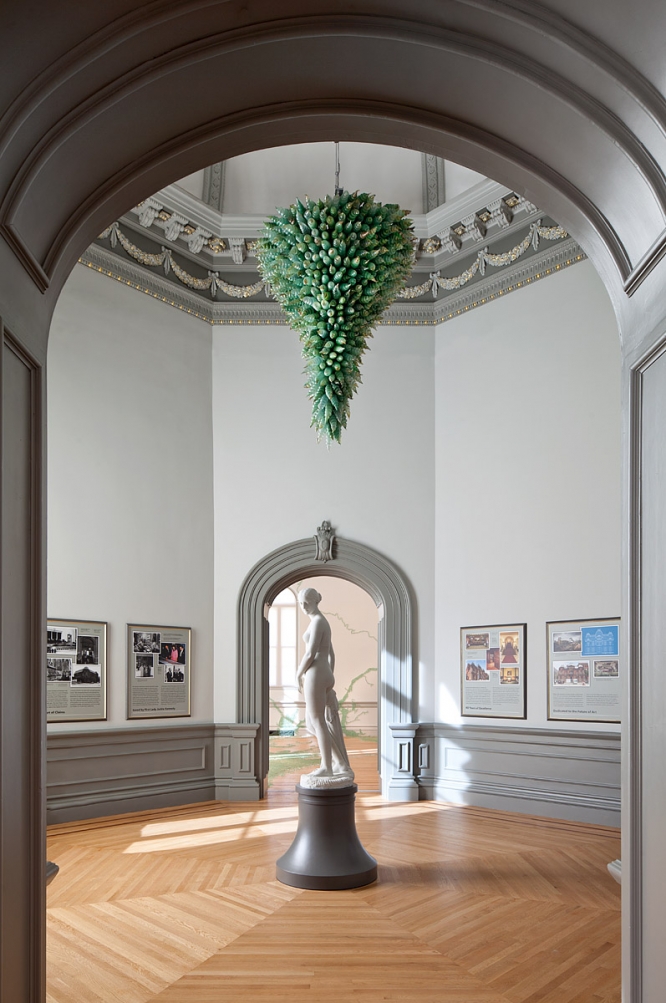The Renwick Gallery
I first went to the Renwick Gallery for a (wait for it…) White House Correspondents Dinner pre-party. It was Obama’s last WHCD, so the guest list was very cool. Jared Leto was slinking around with long hair and a white suit-- and I might be making this up, but I think he was wearing either a fedora or a bolo tie. Keegan-Michael Key was there! There were lemon squares! Free alcohol! It was a wonderful introduction to a beautiful museum that had only recently reopened after a years-long, $30 million renovation.
The Renwick Gallery is part of the Smithsonian Museum of American Art, specifically used for contemporary craft and decorative arts. It was commissioned by William Wilson Corcoran, a DC local and wealthy banker with a passion for American art. By the 1850s, his home on Lafayette Square was overflowing with paintings and sculptures; he hired James Renwick Jr., the architect of the Smithsonian Castle, to design a space “to encourage American genius.”
William Wilson Corcoran via
Renwick’s building was the first major public building in the US designed in the Second Empire architectural, inspired by the Haussmannization of Paris, in which architect Hausman looked back to the Baroque era’s mansard roofs to redesign the city with larger boulevards, grander buildings, and stylistic consistency. The Louvre in particular was a major influence on Renwick.

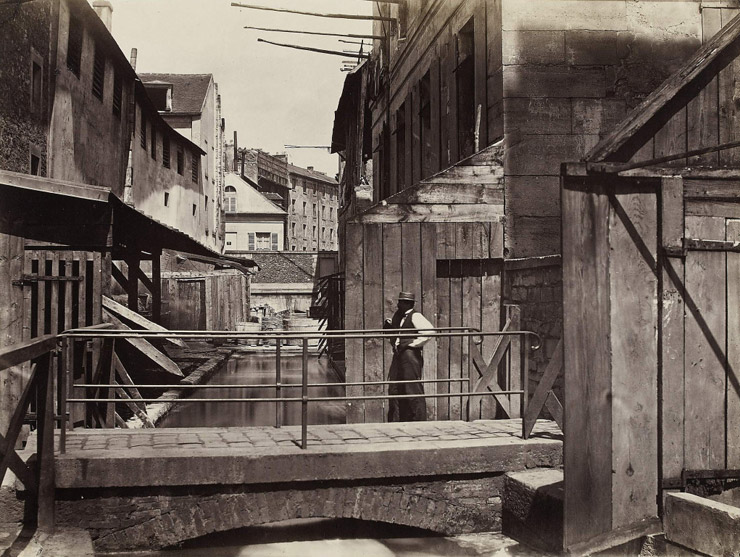
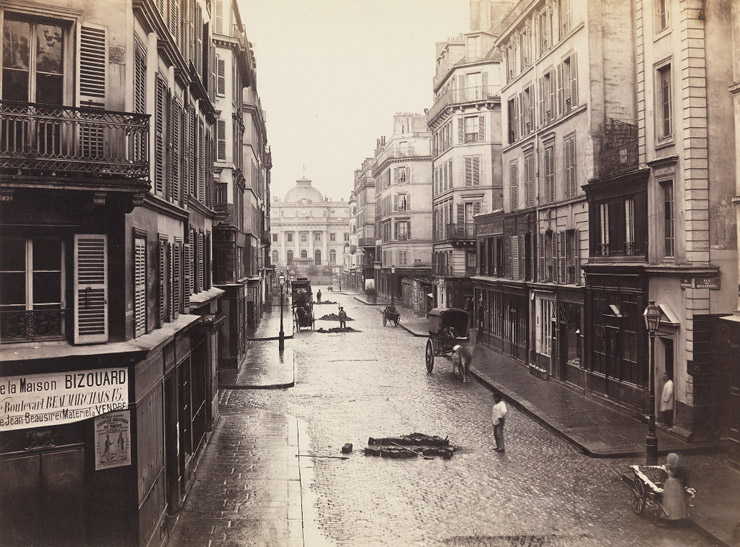
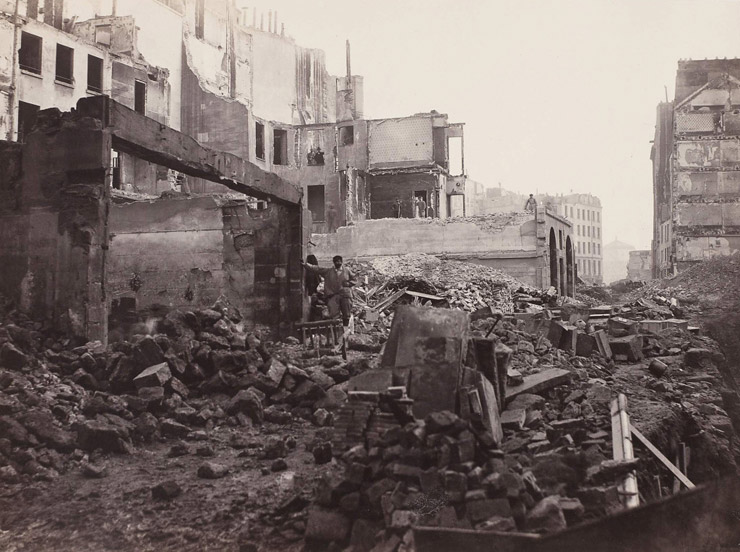
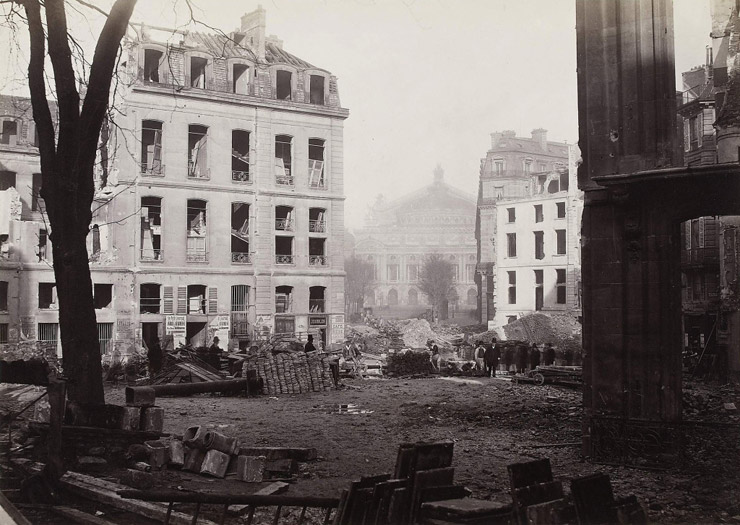

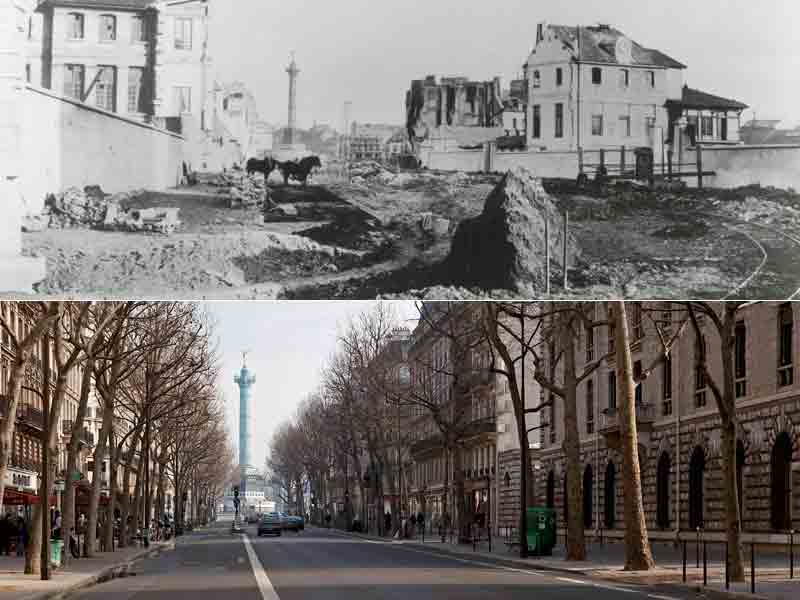
Construction began in 1859, but was cut off when the Civil War broke out. The Renwick was taken over by the government to use as a supply depot. Corcoran, a Confederate sympathizer, left the country for France, where he stayed for the rest of the war. The Gallery was finished in 1869 and opened five years later.
In 1899, the Corcoran collection outgrew Renwick’s building and moved down the street to a larger building, and the US Court of Claims occupied the building. By 1950, the Renwick was dilapidated, and the government planned to raize the building. Jackie Kennedy, then First Lady, led a successful campaign in 1962 to save the building, and in 1965, the Smithsonian acquired the Renwick. It reopened in 1972 as the home of the Smithsonian American Art Museum’s contemporary craft collection.
In 2011, the Renwick was awarded a $335,000 Save America’s Treasures Grant from the National Park Service. A international contest to redesign the Grand Salon was opened in 2013. The winner, Applied Minds from Los Angeles, proposed using projectors and speakers to create a immersive and infinitely customizable space. Westlake Reed Leskosky, based in Cleveland, took the lead on the rest of the renovation, which involved adding wifi and LED lights throughout the building, updating the electricity, air conditioning, and plumbings, and restoring the salons.
After years of work, the Renwick has reopened-- and it’s beautiful. The best example of what the renovated Grand Salon is made for is the exhibit there now (January 2018): Parallax Gap, an “immersive, site-specific installation [that] explores examples of interplay between craft and architecture.” Do I know what that means? Can I describe it to you? Nope! But it’s gorgeous and exemplary of what the Renwick is all about.
Monday to Sunday: 10:00 am–5:30 pm
Pennsylvania Avenue at 17th Street NW, Washington, DC 20006
Free Admission
Sources
Architectural History, Smithsonian Museum of American Art
Second Empire Architecture in the United States and Canada, Wikipedia
Smithsonian American Art Museum Announces Major Renovation of its Renwick Gallery, Smithsonian Institute News
William Wilson Corcoran, Wikipedia
Washington, DC's Renwick Gallery Renovation, Architectural Digest
Renwick Gallery, Smithsonian Museum of American Art





